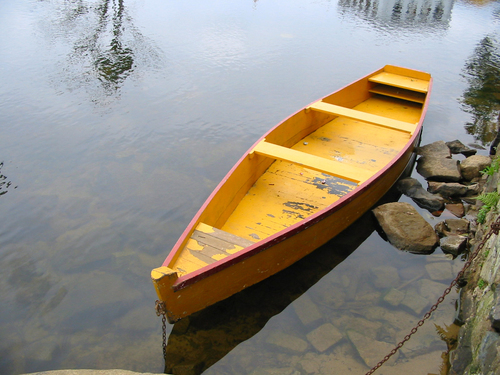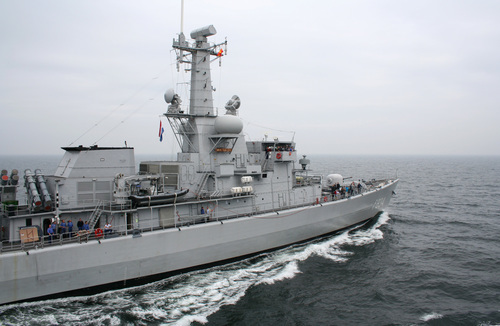Boat Eras
While many boats from history look pretty similar in design, there are subtle differences between them. In order to better understand this, it is helpful to look at the specific eras of vessels. Scientists believe that the oldest intact shipwreck is around 2,400 years old. However, human beings utilised these vehicles for far longer in the distant past. The first sailing boats are believed to have been created by the ancient Egyptians. After a couple of thousand years, these people built larger wooden boats capable of travelling across distant oceans.
Around 1550 BC, the Phoenicians created man-powered ships which were used for both trade and conflict. Rudders were featured on the early boats of Ancient China. However, one of the most significant developments was in the 15th century with the creation of three-masted vessels. These were popular with explorers for many centuries.
In 1660, King Charles II popularised yachts for ocean travel. A century and a half later, clipper ships were built with slimmer and longer hulls. The 19th century was one of the most significant eras for shipping. This is because technological advancement was achieved at an incredible speed.


